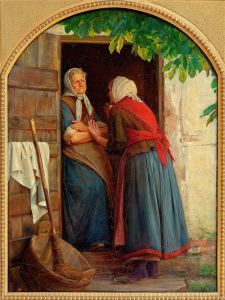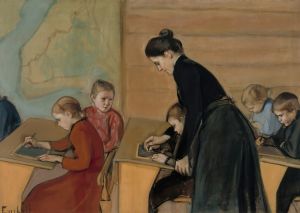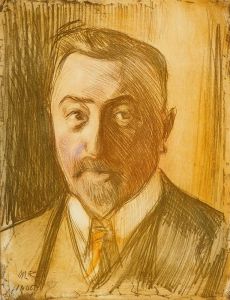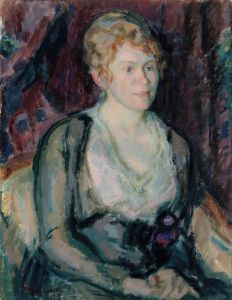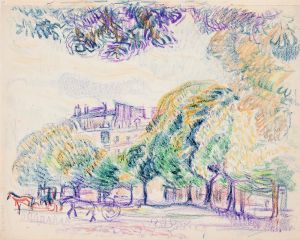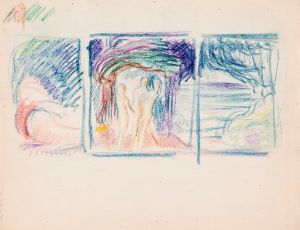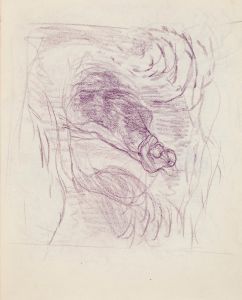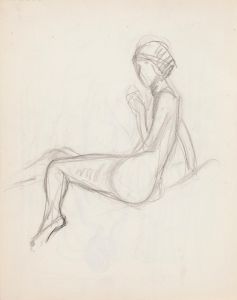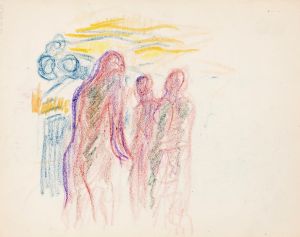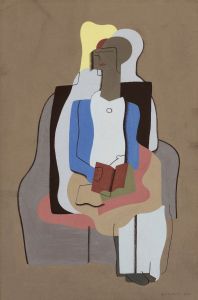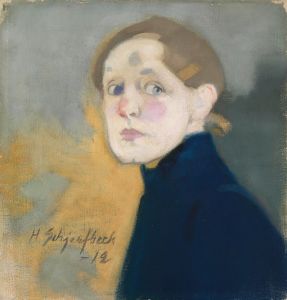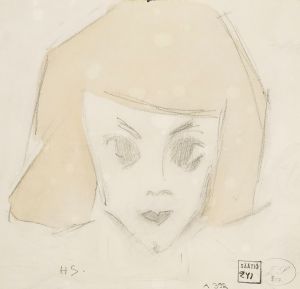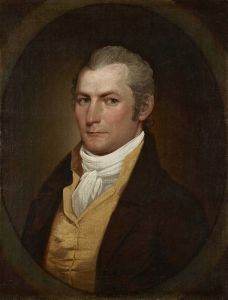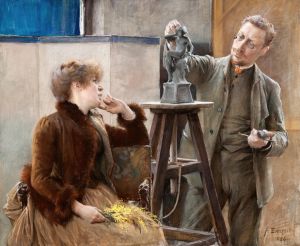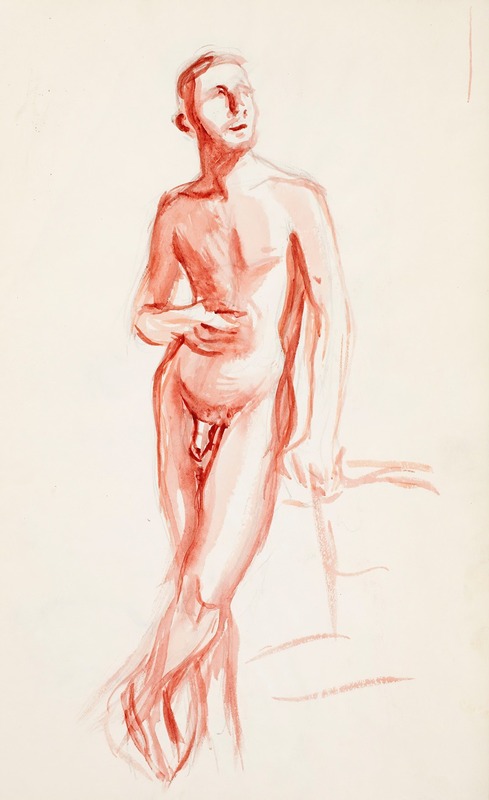
Poseeraava alaston mies
A hand-painted replica of Magnus Enckell’s masterpiece Poseeraava alaston mies, meticulously crafted by professional artists to capture the true essence of the original. Each piece is created with museum-quality canvas and rare mineral pigments, carefully painted by experienced artists with delicate brushstrokes and rich, layered colors to perfectly recreate the texture of the original artwork. Unlike machine-printed reproductions, this hand-painted version brings the painting to life, infused with the artist’s emotions and skill in every stroke. Whether for personal collection or home decoration, it instantly elevates the artistic atmosphere of any space.
Magnus Enckell was a Finnish symbolist painter, born on November 9, 1870, in Hamina, Finland. He is known for his significant contributions to Finnish art, particularly during the turn of the 20th century. Enckell's work is characterized by its exploration of symbolism, a movement that sought to express the metaphysical truths through metaphorical imagery and themes. His art often delved into themes of mythology, spirituality, and the human form.
One of Enckell's notable works is "Poseeraava alaston mies," which translates to "Posing Nude Man." This painting exemplifies Enckell's interest in the human figure and his skill in capturing the subtleties of the human form. The painting depicts a male nude, a subject that Enckell frequently explored throughout his career. His approach to the nude was often more introspective and contemplative, focusing on the form and its interaction with light and shadow.
"Poseeraava alaston mies" reflects Enckell's transition from the darker, more somber tones of his early work to a brighter palette and a more refined style. This evolution in his artistic approach is indicative of the broader changes in his career as he moved from the influence of symbolism towards a more personal and expressive form of art. Enckell's use of light in this painting is particularly noteworthy, as it highlights the contours and musculature of the figure, creating a sense of depth and realism.
Enckell's education played a significant role in shaping his artistic style. He studied at the Drawing School of the Finnish Art Society in Helsinki and later continued his studies in Paris, where he was exposed to various art movements and styles. The influence of his time in Paris is evident in his work, as he incorporated elements of French symbolism and other contemporary styles into his paintings.
Throughout his career, Enckell was an active member of the Finnish art community. He was a founding member of the Septem group, which was established in 1912 and aimed to promote modern art in Finland. This group played a crucial role in the development of Finnish art during the early 20th century, and Enckell's involvement underscored his commitment to advancing the arts in his home country.
Enckell's work, including "Poseeraava alaston mies," has been exhibited in various galleries and museums, both in Finland and internationally. His paintings are considered an essential part of Finnish cultural heritage, and they continue to be studied and appreciated for their artistic and historical significance.
Magnus Enckell passed away on November 27, 1925, in Stockholm, Sweden. Despite his relatively short life, his impact on Finnish art was profound, and his works remain influential to this day. "Poseeraava alaston mies" stands as a testament to his skill as a painter and his ability to convey complex themes through the simplicity of the human form.





